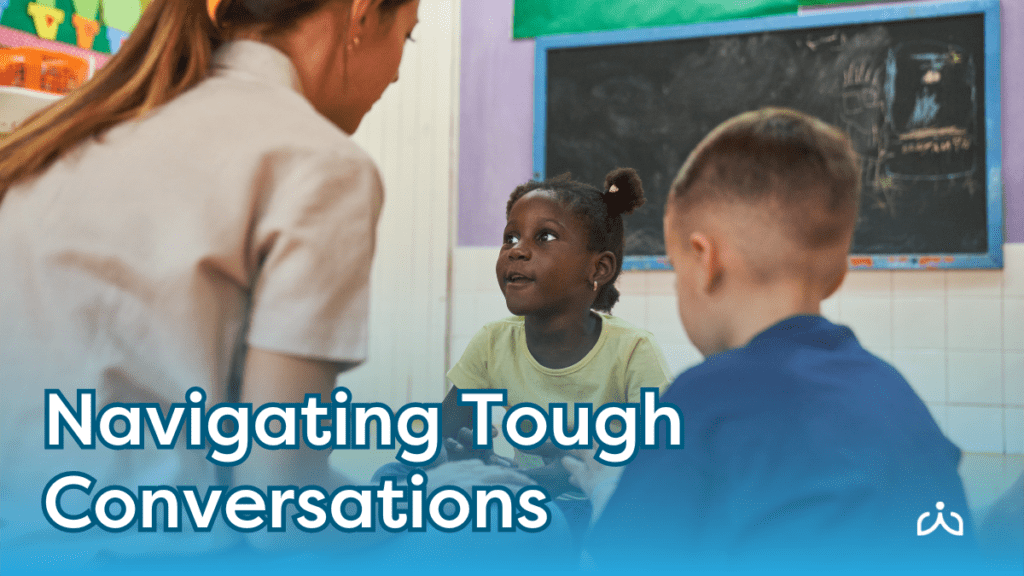Tough Conversations:
How to Discuss a Sensitive News Topic
with Students
In a world where information is just a click away, learners can be exposed to an overwhelming stream of news. They may encounter heartwarming stories of unlikely animal friendships or acts of kindness between strangers, but they may also learn about natural disasters, violence, political turmoil, and global crises. Having a set of strategies for how to discuss a sensitive news topic is helpful to have in advance of needing them.

As educators, guardians, and mentors, we’re entrusted with the crucial task of helping learners navigate through difficult news topics, which can be overwhelming for younger minds to process. How do we talk to students about the difficult news that fills our screens and newspapers and navigate these tough conversations?
Sensitive News Conversations Consider Time, Place, and Cognitive Abilities
Honesty Is Key
While it may be tempting to shield children from some unsettling realities, being honest and transparent is essential. Provide accurate information, but in a manner that is appropriate for their age. Avoid exaggerating or sugarcoating the facts, as this can erode the facts and lead to further confusion.
It’s also important to check your own biases and assumptions. It’s best to omit describing a person’s identifiers, such as ethnicity, sexual orientation, gender presentation unless it’s relevant to the issue. Instead of saying, “An old homeless man hurt a pretty little girl,” you can simply say, “A man hurt a girl.”
It’s also okay to admit when you don’t understand. In that case, you can direct the student to an age-appropriate news source and then invite them to share what they’ve learned.
Address Emotions
When discussing difficult news topics, children may experience a range of emotions, including fear, sadness, confusion, and anger. Reassure them that it’s normal to feel this way, and then communicate that someone is in charge.
Encourage Questions
Limit Media Exposure
Common Sense Media offers age and grade-based tips for talking with students about sensitive news topics and recommends that children ages 2-6 are exposed only to age-appropriate content and programming. Children ages 7-12 are more likely to encounter age-inappropriate content online, particularly as they interact with media more independently. If this happens, ask the student what they understand of the story so you can address any gaps or misunderstandings in their knowledge. Encourage them to think critically by asking questions such as “How does this story make you feel?” and “What does this story make you think?” It can even be helpful to look for positives, such as pointing out bystanders who stepped in to help or generous donors who are contributing money to a cause.
Reassure Safety
Talking about the Tough Stuff Is Healthy
Looking to bring age-appropriate news and current events into your classroom? News Currents is the only teacher-led, student-focused, discussion-driven, and standards-based current events platform. Try sample instructional materials.

